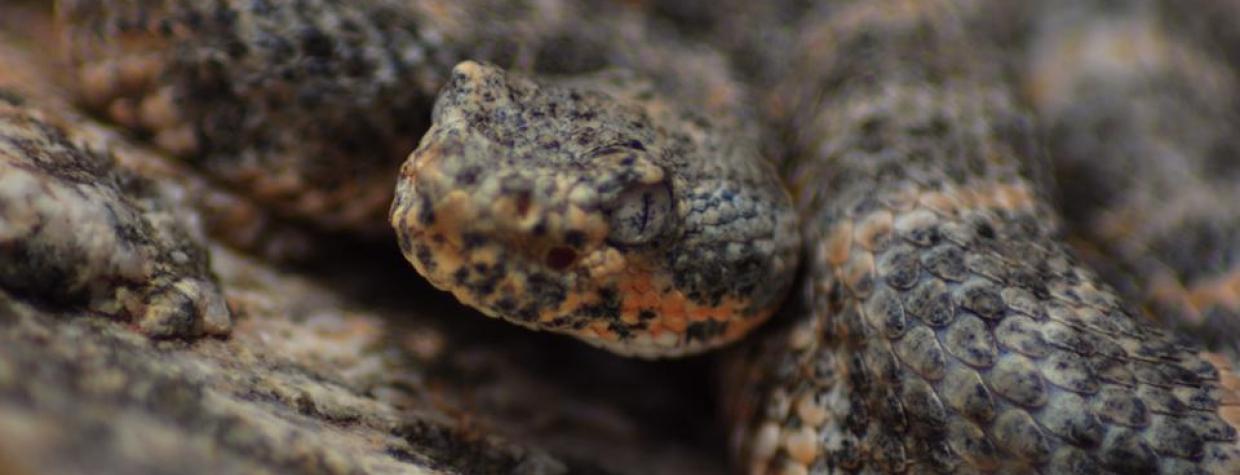A new treatment being developed at the University of Arizona in Tucson could give victims of rattlesnake bites more time to get to a hospital.
As the Phoenix New Times reported this month, the treatment is being developed at UA's Venom Immunochemistry, Pharmacology and Emergency Response (VIPER) Institute, whose name forming that acronym is probably just a coincidence.
UA's Dr. Vance Nielsen came up with the idea for the treatment, which involves introducing small amounts of iron and carbon monoxide into the victim's bloodstream. Doing so causes a key blood-clotting protein to avoid being destroyed by the snake's venom.
That could provide a victim of a snakebite more time to get help, or leave him or her in better condition upon reaching a health-care facility:
Often with snakebites, "you may not die, but you may wish you were dead," Nielsen says. Bites can involve up to two weeks in the hospital, with limbs swelling up to several times their normal size.
It's important to remember, of course, that snakebites in the U.S. are rarely fatal: Five or six people die of them each year, out of about 8,000 bites by venomous snakes. As Arizona Highways Editor Robert Stieve writes in the Arizona Highways Hiking Guide, those most at risk are the extremely young, the extremely old and the allergic. If you're bitten by a rattlesnake during a hike, stay calm and sit still to keep the venom from pumping through your bloodstream faster. Chemically activated cold packs can slow the venom down, too. If you must hike out on your own, set a moderate pace and remind yourself that this injury is not fatal.

